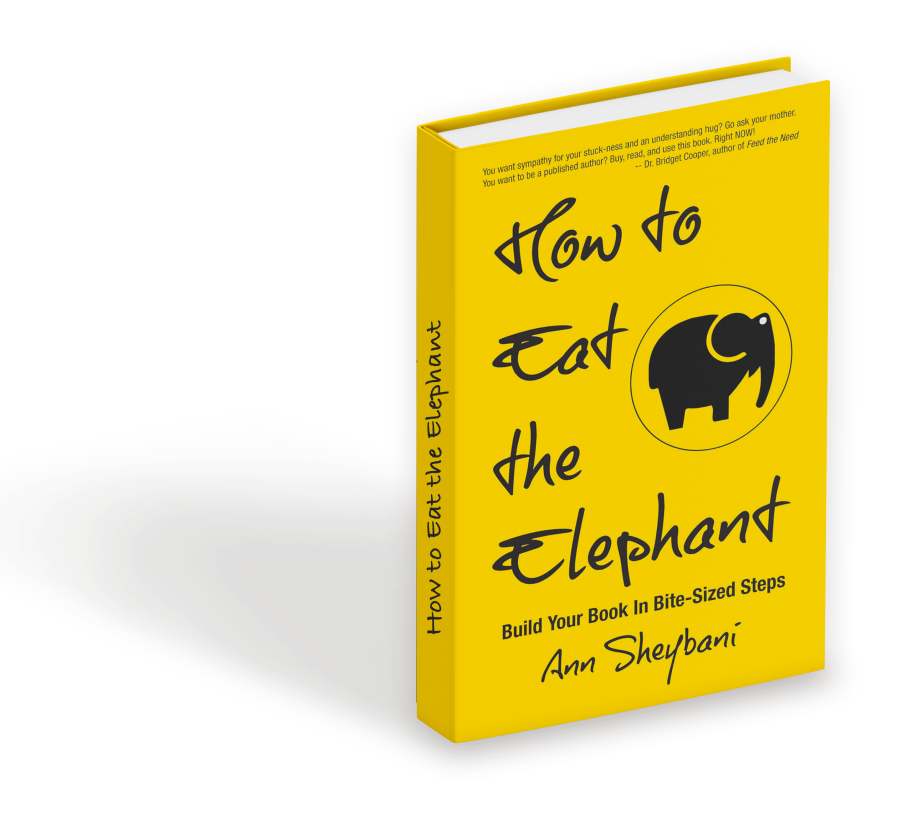For years I was part of a writers’ group that met each Tuesday evening in the author Anne Batterson‘s living room. Two or three of the members (we were never more than four at any given time) would read what they’d been working on, and the rest of us would listen deeply, then offer our critique.
This was the group I’d been lucky to find after graduating from Harvard, after recognizing that, without a deadline and some accountability, I’d never get a goddamned thing done. This was the group that had the greatest impact on my life as a writer.
The thing about spending years with other writers and their projects is that you get so you understand process.
All books start out shitty, lumpy, and semi-incoherent. All writers, regardless of how gifted, wring their hands incessantly and worry that they’re hacks, that they lack imagination, that they’re whiners or blame throwers, that what they’re doing has been done a gazillion times before. I learned that you don’t get to skip any of these stages before producing a beautiful book worthy of publication. You. Just. Don’t.
When Sherry Horton began work all those years ago on her recently published memoir, Witness Chair: A Memoir Of Art, Marriage, And Loss, she came to our group with a handful of journal entries she’d written during her husband’s battle with terminal cancer. Each week she’d read a few pages, nothing more than some stitched together entries–a combination of rage against the Medical Machine, drug dosages, and blood counts–and weep apologetically. Some weeks she’d come empty handed, shoulders sagging, and say, “Who cares? Who wants to read ANOTHER cancer story? I’m just wasting my time here.”
Time elapse photography captures the miracles all around us, the things we miss every day because we simply move too fast–flowers blooming, seasons changing, the growth of babies from conception to birth. The book Sherry has produced is as beautiful and astounding as any time-warped compilation of stills. It, too, is made up of an endless series of slow, mundane changes; tweaks; drafts; revisions; and complete overhauls. A miracle born of grinding tenacity and hard work
Witness Chair is not another memoir about cancer, even if that’s what it started out as. This is a story of love, and self-doubt, and what it takes to have a “strong” marriage, and grief, and anger, and renewal, and art, and what it is to be flawed and human.
I’m going to say this once. You need to buy this book. You can do so by clicking this Amazon link.
And here’s Amazon’s description:
The poignant story of a marriage as well as a gallant journey into loss, Witness Chair is both a beautifully written personal memoir and a compassionate guidebook to the art of living in the face of suffering and death. In his last years, artist Christopher Horton, the author’s husband, worked on the design of sixteen “chair” maquettes in preparation for an art installation to commemorate the Salem Witch Trials of 1692. In reflecting on her long marriage and the difficult months before her husband’s death from leukemia, author Sherry Horton draws on the unsettling yet powerful significance of the various chairs, seeing her life and the death of her husband through the concepts of accusation, displacement, rumor, captivity, and heaven. Leah Leatherbee describes Witness Chair as a “quietly searing account of the unspoken,” and Bernie Siegel soberly remarks: “In love’s service and the process of life and healing, only the wounded soldier can serve. Read Sherry’s words and understand why.”



